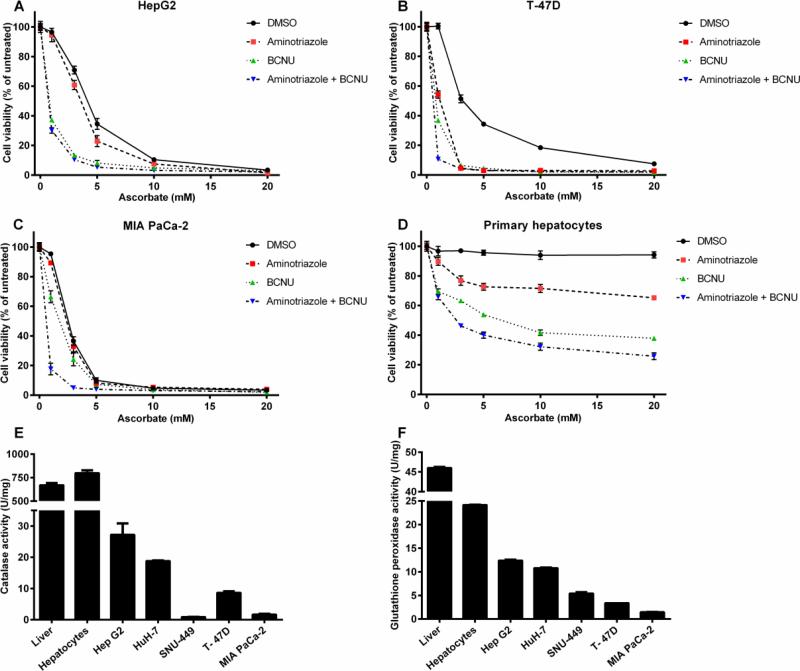Figure 3. Inhibition of antioxidant enzymes sensitizes cancer cell lines and primary hepatocytes to ascorbate mediated cytotoxicity.
Hep G2 cells (A), T-47D cells (B), MIA PaCa-2 cells (C), and primary hepatocytes (D) were preincubated for one hour with no inhibitors, the catalase inhibitor 3-amino-1,2,4-triazole (AT) (5 mM), the glutathione reductase/thioredoxin reductase inhibitor BCNU/carmustine (100 μM), or both inhibitors, followed by a two hour treatment with different concentrations of ascorbate (1, 3, 5, 10, and 20 mM). Cell viability was measured through CellTiter-Glo cell viability assay. Error bars represent SEM (n=3). Activity levels of catalase (E) and Glutathione peroxidase (F) in rat liver tissue, primary rat hepatocytes, Hep G2, Huh-7, SNU-449, T-47D, and MIA PaCa-2 cells. Error bars represent SEM (n=4). Some error bars may be smaller than the symbol.

